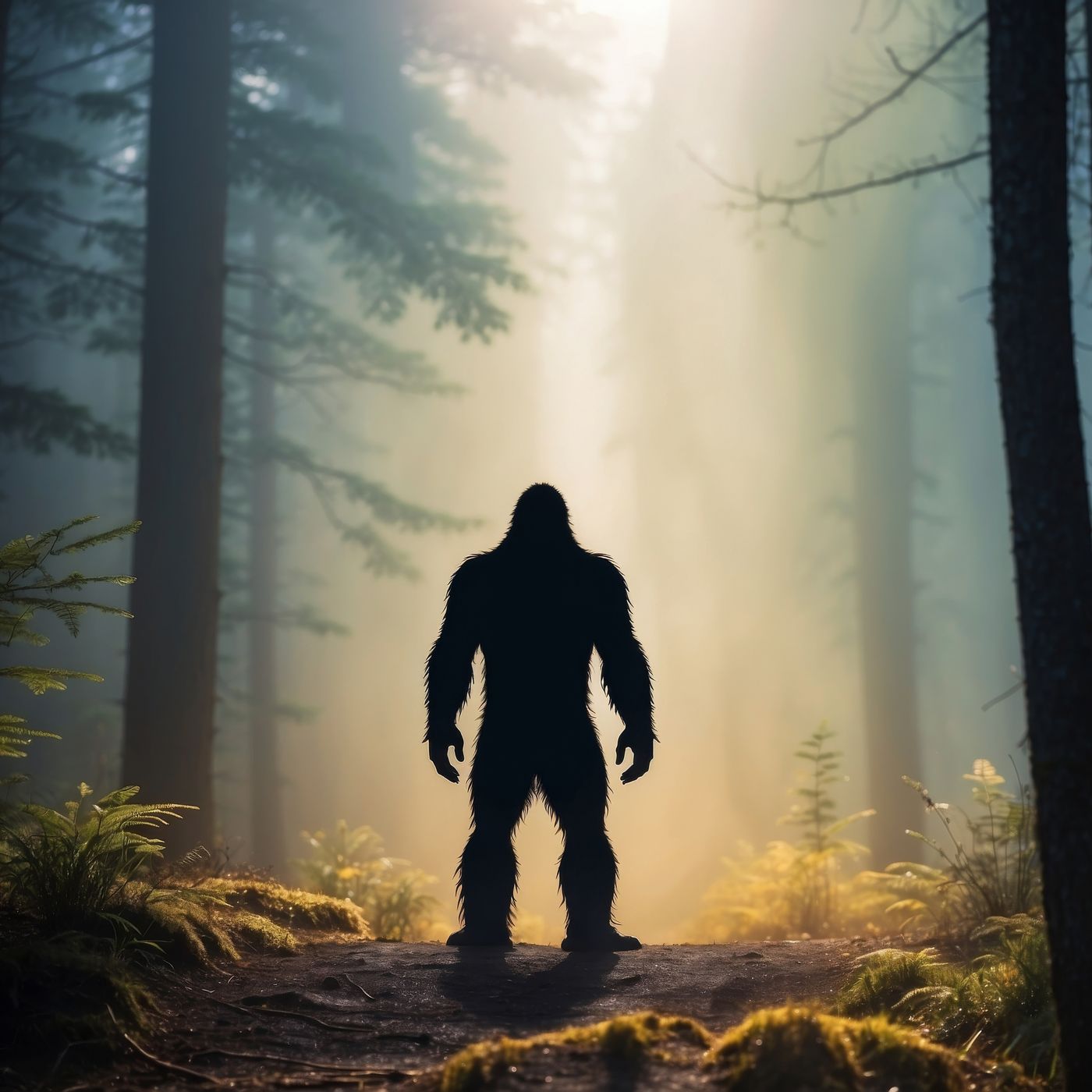The Sasquatch People


My special guest tonight is Dr. Kewanuee & Kelly Lapseritis who are here to discuss their research and contact with the Sasquatch People and the message they have for humanity. Buy the book.
Bigfoot, also commonly referred to as...
My special guest tonight is Dr. Kewanuee & Kelly Lapseritis who are here to discuss their research and contact with the Sasquatch People and the message they have for humanity. Buy the book.
Bigfoot, also commonly referred to as Sasquatch, is a purported ape-like creature said to inhabit the forests of North America. Many dubious articles have been offered in attempts to prove the existence of Bigfoot, including anecdotal claims of sightings as well as alleged video and audio recordings, photographs, and casts of large footprints.[2] Some of which are known or admitted hoaxes.[3]
Tales of wild, hairy humanoids exist throughout the world,[4] and such creatures appear in the folklore of North America,[5] including the mythologies of indigenous people.[6][7] Bigfoot is an icon within the fringe subculture of cryptozoology,[8] and an enduring element of popular culture.[9]
The majority of mainstream scientists have historically discounted the existence of Bigfoot, considering it to be the result of a combination of folklore, misidentification, and hoax, rather than a living animal.[10][11]Folklorists trace the phenomenon of Bigfoot to a combination of factors and sources including indigenous cultures, the European wild man figure, and folk tales.[12] Wishful thinking, a cultural increase in environmental concerns, and overall societal awareness of the subject have been cited as additional factors.[13]
Other creatures of relatively similar descriptions are alleged to inhabit various regions throughout the world, such as the Skunk ape of the southeastern United States; the Almas, Yeren, and Yeti in Asia; and the Australian Yowie; all of which are also engrained in the cultures of their regions.[14
Follow Our Other Shows
Follow UFO Witnesses
Follow Crime Watch Weekly
Follow Paranormal Fears
Follow Seven: Disturbing Chronicle Stories
Join our Patreon for ad-free listening and more bonus content.
Follow us on Instagram @mysteriousradio
Follow us on TikTok mysteriousradioTikTok
Follow us on Twitter @mysteriousradio
Follow us on Pinterest pinterest.com/mysteriousradio
Like us on Facebook Facebook.com/mysteriousradio]








